The Civilian War Memorial is a heritage landmark that was built in memory of the 50,000 civilians who were killed during the Japanese occupation of Singapore during the Second World War. The tall structure, located on Beach Road, was unveiled to the public on February 15, 1967.
On the same date each year, a memorial service is held at the site; attended by former servicemen and families of the victims.
Civilian War Memorial, History, Park & Japanese Occupation, Singapore
The structure was constructed following the 1962 discovery of civilian mass graves in many locations throughout Singapore. Over 40 of the mass graves were from Siglap’s Valley of Death. A chamber beneath the structure contains exhumed remains of the victims housed in 606 urns.
The memorial is comprised of four tapered columns around 68 meters in height, which symbolise the four cultures in Singapore – Chinese, Indian, Malays, and Eurasians – merged into one. It also symbolises harmony among all races. For this reason, it is an important symbol of the suffering of Singapore’s primary ethnic groups, and those who passed away and are buried here.
A big bronze urn engraved with small lion heads throughout it is found atop a pedestal within the columns; it is a symbol of the remains of those who passed and are buried beneath. Parkland surrounds the memorial, as well as a shallow body of water, which gives it a serene and sobering atmosphere. The structure is also sometimes referred to as the “chopsticks memorial” because it resembles chopsticks.
The Civilian War Memorial was declared a national monument in 2013. Its tall, striking design enables it to be visible from several areas within Singapore’s central business district.















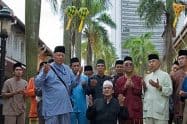


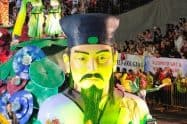
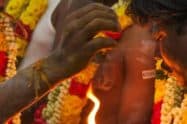






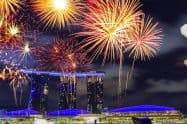
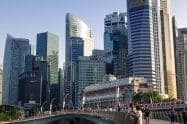

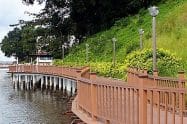
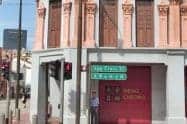
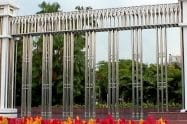
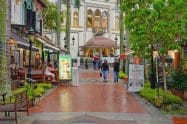
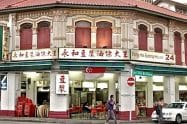
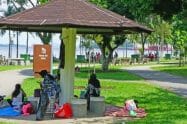

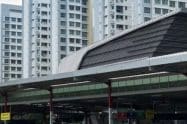
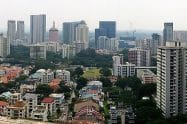
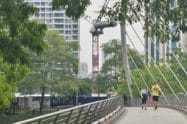


























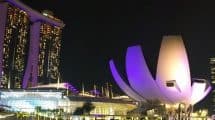
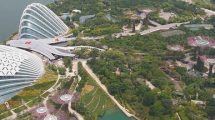


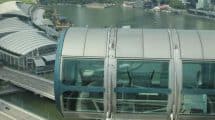

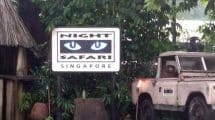
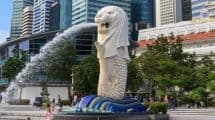
Do You Have a Question to Ask?